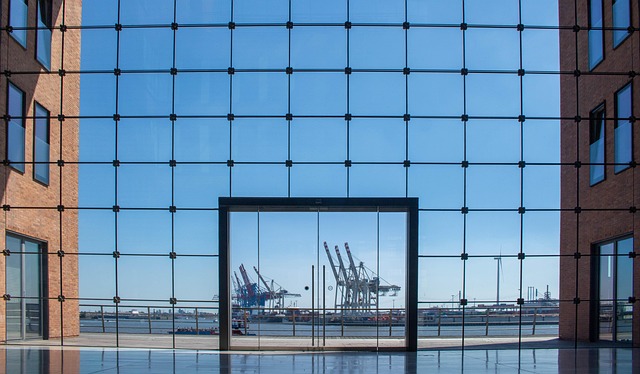The rapid growth of e-commerce has transformed consumer behavior, driving high demand for efficient fulfillment and distribution networks with warehouses as essential hubs. To meet fast delivery expectations and complex last-mile logistics, warehouses have evolved into highly optimized facilities using advanced technologies like automation and robotics. Global warehouse construction and conversion projects are on the rise, particularly in urban areas, with innovative vertical warehousing solutions adopted to address space limitations and high demand. As e-commerce continues to reshape the retail industry, strategic real estate investments in warehouses will become increasingly crucial. Businesses must optimize their warehouse real estate through dynamic inventory management systems, advanced technologies like AGVs and robotics, and vertical pick-and-pack stations to support e-commerce growth. Smart warehousing with integrated automation, robotics, and data analytics is the future, enhancing operational efficiency, reducing errors, and speeding up order fulfillment for improved customer experiences.
As e-commerce continues its relentless growth, warehouses play a pivotal role in supporting this digital revolution. The Role of Warehouses in E-Commerce Growth explores how efficient inventory management and strategic distribution centers drive online retail’s success. Strategies for Optimizing Warehouse Real Estate delve into maximizing space, streamlining operations, and reducing costs to meet the rising demand. Future Trends: Smart Warehouses and E-Commerce Expansion looks at innovative technologies, emphasizing the evolution of real estate in the industry.
The Role of Warehouses in E-Commerce Growth

The rapid expansion of e-commerce has significantly shifted consumer behavior, driving a massive demand for efficient fulfillment and distribution networks. Warehouses play a pivotal role in this new landscape, acting as the backbone of e-commerce operations. They serve as strategic hubs where products are stored, organized, and distributed to meet the ever-increasing online shopping demands. With the rise of fast delivery expectations and last-mile logistics, warehouses have evolved to become highly optimized facilities, leveraging advanced technologies like automation and robotics to streamline processes.
In terms of real estate, the e-commerce boom has led to a surge in warehouse construction and conversion projects worldwide. E-commerce giants are continuously securing or developing vast spaces to accommodate their ever-growing inventory and rapid order processing requirements. This trend is particularly noticeable in urban areas, where space is limited but demand is high, leading to innovative vertical warehousing solutions. As e-commerce continues to reshape the retail industry, the role of warehouses will only become more critical, emphasizing the strategic importance of real estate investments in these facilities.
Strategies for Optimizing Warehouse Real Estate

To optimize warehouse real estate in the face of booming e-commerce, businesses must adopt strategic approaches that maximize space efficiency. This involves implementing dynamic inventory management systems to track and allocate storage spaces according to product demand patterns. By utilizing technologies like automated guided vehicles (AGVs) and advanced robotics, warehouses can streamline operations, reduce manual labor, and create more room for high-turnover or bulky items.
Additionally, vertical integration strategies such as incorporating pick-and-pack stations, packing areas, and shipping docks within the warehouse layout enhance space utilization. Implementing smart shelving systems that adjust to inventory levels and utilizing underutilized spaces like overhead racks or narrow aisles can further optimize real estate. These strategies not only support e-commerce growth but also ensure a well-organized, agile, and cost-effective warehouse operation.
Future Trends: Smart Warehouses and E-Commerce Expansion

The future of e-commerce is closely tied to the evolution of warehouse infrastructure, with smart warehouses becoming a game-changer in the industry. As e-commerce expansion continues at a rapid pace, the demand for efficient and tech-driven storage solutions is on the rise. Real estate developers and logistics companies are now focusing on constructing intelligent warehouses equipped with advanced automation, robotics, and data analytics. These warehouses of the future aim to optimize every aspect of inventory management, from receipt and storage to picking and packing.
By leveraging smart technologies, these facilities can enhance operational efficiency, reduce human error, and improve order fulfillment speed. Automated guided vehicles (AGVs) and drone systems will navigate through these warehouses, ensuring seamless material handling. Moreover, real-time data analytics will enable predictive inventory management, allowing businesses to anticipate demand fluctuations and make informed decisions regarding storage space allocation. Such trends suggest a more sustainable and agile approach to e-commerce logistics, setting the stage for faster delivery times and improved customer experiences.






